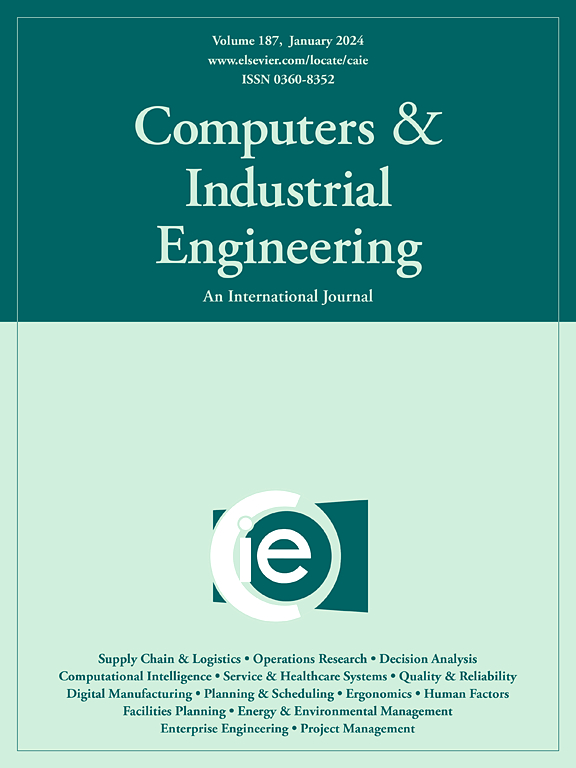使用深度强化学习的自动驾驶汽车的设计与实现:一项综合研究
IF 6.5
1区 工程技术
Q1 COMPUTER SCIENCE, INTERDISCIPLINARY APPLICATIONS
引用次数: 0
摘要
本文对利用深度强化学习的自动驾驶汽车的设计、实现和评估进行了开创性的全面研究,展示了自动驾驶汽车技术的重大进步。我们强大的框架集成了三种创新的人工智能模型,用于基本功能:道路检测、交通标志识别和避障。该系统架构围绕三层“DDD”(数据、检测、决策)方法构建,包括对交通标志和道路数据进行细致的数据预处理,然后为每个检测任务提供专门的深度学习模型,包括用于交通标志的CNN、用于道路检测的CNN以及用于障碍物检测的预训练的MobileNet-SSD。决策层中的强化学习代理通过环境反馈的连续学习过程处理这些输出以实现实时控制(转向、加速、制动)。该研究包括Unity中的广泛模拟,利用ML-Agents工具包在不同环境中进行代理训练,以及关键的现实世界部署。我们在模拟环境中的奖惩系统,基于与道路标记和障碍物的碰撞,改进了智能体的决策。经过训练的人工智能模型被成功导出并部署到一个物理原型上,由树莓派控制,配备了摄像头和超声波传感器。实际测试证实了物理模型在检测道路、识别交通标志、有效避障等方面的鲁棒性。定量结果显示了令人信服的性能,包括在控制仿真条件下,与传统算法相比,障碍物检测准确率超过90%,导航效率提高15%。模型评估指标显示准确率为98%,损失为12%,预测率超过77%。这项研究不仅为自动驾驶汽车的开发提供了一个全面的框架,而且还强调了深度强化学习在虚拟和现实场景中创建智能和适应性自动驾驶系统的变革潜力,为更安全、更高效的交通技术铺平了道路。本文章由计算机程序翻译,如有差异,请以英文原文为准。
Design and implementation of a self-driving car using deep reinforcement learning: A comprehensive study
This paper presents a groundbreaking and comprehensive study on the design, implementation, and evaluation of a self-driving car utilizing deep reinforcement learning, showcasing significant advancements in autonomous vehicle technology. Our robust framework integrates three innovative AI models for essential functionalities: road detection, traffic sign recognition, and obstacle avoidance. The system architecture, structured around a three layers “DDD” (Data, Detection, Decision) approach, involves meticulous data preprocessing for traffic signs and road data, followed by specialized Deep Learning models for each detection task, including a CNN for traffic signs, a CNN for road detection, and the pre-trained MobileNet-SSD for obstacle detection. A reinforcement learning agent in the Decision Layer processes these outputs for real-time control (steering, acceleration, braking) through a continuous learning process with environmental feedback. The research encompasses both extensive simulation in Unity, leveraging the ML-Agents toolkit for agent training across diverse environments, and crucial real-world deployment. Our reward/punishment system in the simulation environment, based on collisions with road markers and obstacles, refined the agent’s decision-making. The trained AI models were successfully exported and deployed onto a physical prototype, controlled by a Raspberry Pi and equipped with a camera and ultrasonic sensors. Real-world testing affirmed the robust performance of the physical model in detecting roads, recognizing traffic signs, and effectively avoiding obstacles. Quantitative results demonstrate compelling performance, including over 90% accuracy in obstacle detection and a 15% improvement in navigation efficiency compared to traditional algorithms under controlled simulation conditions. Model evaluation metrics show a 98% accuracy, 12% loss, and a prediction rate exceeding 77%. This study not only contributes a comprehensive framework for autonomous vehicle development but also highlights the transformative potential of deep reinforcement learning for creating intelligent and adaptable autonomous systems in both virtual and real-world scenarios, paving the way for safer and more efficient transportation technologies.
求助全文
通过发布文献求助,成功后即可免费获取论文全文。
去求助
来源期刊

Computers & Industrial Engineering
工程技术-工程:工业
CiteScore
12.70
自引率
12.70%
发文量
794
审稿时长
10.6 months
期刊介绍:
Computers & Industrial Engineering (CAIE) is dedicated to researchers, educators, and practitioners in industrial engineering and related fields. Pioneering the integration of computers in research, education, and practice, industrial engineering has evolved to make computers and electronic communication integral to its domain. CAIE publishes original contributions focusing on the development of novel computerized methodologies to address industrial engineering problems. It also highlights the applications of these methodologies to issues within the broader industrial engineering and associated communities. The journal actively encourages submissions that push the boundaries of fundamental theories and concepts in industrial engineering techniques.
 求助内容:
求助内容: 应助结果提醒方式:
应助结果提醒方式:


